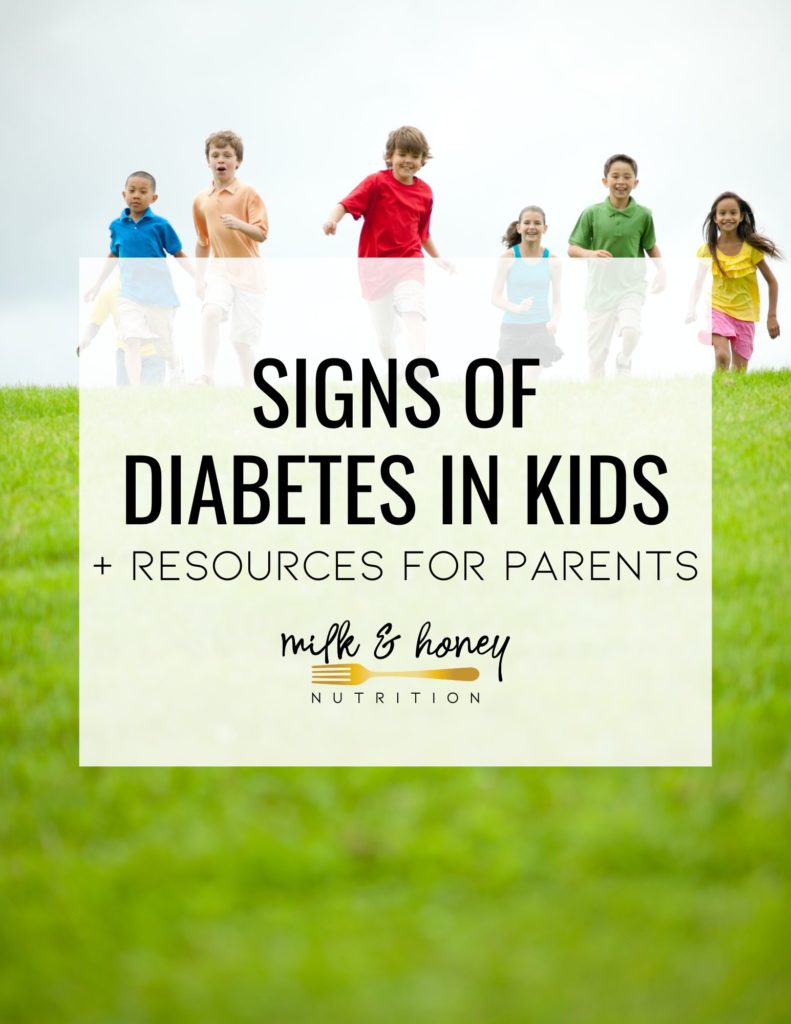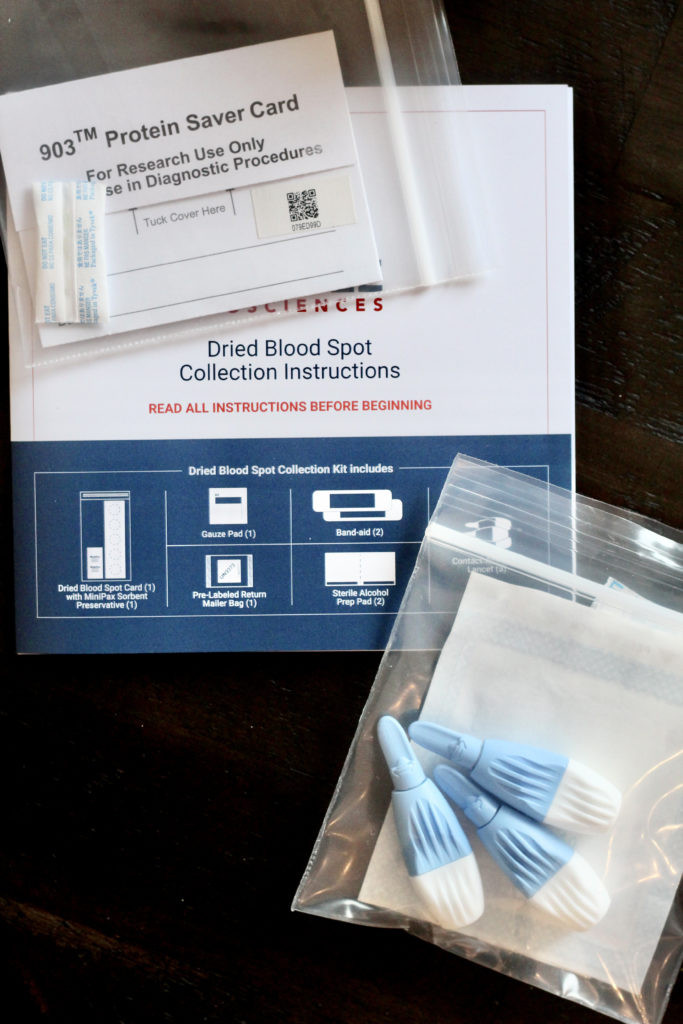
In this article, we discuss signs of diabetes in kids, what to look out for, and what to do if you think your child has diabetes.
A diabetes diagnosis is life changing for an adult, but for kids it can have an even greater effect if not caught in time. It’s important to know the signs of diabetes in kids, especially if your child is at an increased risk of developing diabetes.
Juvenile diabetes symptoms and signs
There are many different kinds of diabetes, but the most common kinds of diabetes we see diagnosed in children is type 1 diabetes, or juvenile diabetes. Though, type 2 diabetes in children is on the rise.
Read more about the different types of diabetes here.
How long can a child have diabetes without knowing?
This depends on the type of diabetes. Children who develop type 1 diabetes may have been developing the disease for months, but usually show symptoms for 6-12 weeks. The onset of type 1 diabetes is sudden, relatively speaking, and can have catastrophic consequences if not caught in time.
Type 2 diabetes in children is different. Symptoms and signs of diabetes in kids may be so small or gradual, that you may not even notice. Type 2 diabetes in children is often diagnosed at a routine check up. Children 10 years and older, or who have an increased risk of type 2 diabetes are typically screened at their yearly physical.
Difference between symptoms and signs of childhood diabetes
Symptoms are feelings or changes that can’t be measured by another person. They’re only noticeable by the child/patient themselves. Examples include: headaches, increased thirst, or blurry vision. These are things you’d only know if your child communicated them to you in some way.
Signs are observable and can be measured by you (the parent) or a physician. Signs of diabetes in kids include increased urination, unexplained weight loss, behavior changes, or sweet smelling breath.
Commonly missed children’s diabetes symptoms
Your child may be too young to properly communicate some symptoms of diabetes to you. This is how many cases of childhood diabetes are missed early on. It’s important to ask your child questions, and take them to their pediatrician if you have any concerns about childhood diabetes.
Kids at high risk of developing diabetes
Your child may be at an increased risk of developing type 1 diabetes if any of the following apply:
- Family history of type 1 diabetes
- History of certain viral infections
- History of other autoimmune conditions
If your child has any of the above medical or family history criteria, you can read more about early stage type 1 diabetes antibody testing here.

List of diabetes symptoms in kids (and signs)
The following signs and symptoms may be early indicators of type 1 diabetes in a child. Contact your child’s doctor immediately if any of these are present and you don’t know why.
- Sweet smelling breath
- Excessive thirst
- Blurry vision
- Wetting the bed
- Increased hunger
- Irritability
- Weight loss
- Fatigue
- Frequently sick
- Acanthosis Nigricans
Symptoms and signs of type 1 diabetes in kids
The criteria above that would indicate possible type 1 diabetes in a child include:
- Sweet smelling breath
- Excessive thirst
- Blurry vision
- Wetting the bed
- Increased hunger
- Irritability
- Weight loss
- Fatigue
- Frequently sick
And, it’s important to note that these signs and symptoms would have no other explanation. If your child exhibits any of these, but there is another likely explanation for them, then they most likely are not developing type 1 diabetes. However, if you have concerns, or simply want peace of mind… always contact your child’s doctor.
Symptoms and signs of type 2 diabetes in kids
All of the above signs and symptoms listed for type 1 diabetes in kids could also be indicators of type 2 diabetes. (Though, weight loss is less common with type 2 diabetes.)
And, additional signs of diabetes in kids we would look out for is a darkening of the skin around the neck, arm folds, and groin. This is called acanthosis nigricans and may indicate type 2 diabetes.
Sweet smelling breath
Sweet smelling breath may indicate your child has developed a condition called diabetic ketoacidosis (DKA). DKA develops when the body does not have enough insulin and can be life threatening.
Excessive thirst
Excessive thirst with no other explanation (like increased sweating or activity, or warm weather), may be an indication of elevated blood sugar level.
Blurry vision
Blurry vision is a common symptom of many health conditions, including elevated blood sugars. This can happen rapidly or slowly over time.
Wetting the bed or increased urination
Many people will experience increased urine output, or increased urination when their blood sugar runs high and they are developing diabetes. In children, this can present as bed wetting. If your child suddenly starts wetting the bed again and they are fully potty trained, it may be an indication of childhood diabetes.
Increased hunger or a change in appetite
Many children who develop diabetes start to develop a huge appetite that seems way bigger than it previously was or should be. As diabetes develops, it becomes harder and harder for glucose to get into the body’s cells. So even though they may be eating, their body sends signals to eat more because it can’t properly digest and use the nutrients in the food they are eating.
Irritability
Elevated blood sugars just feel crummy. And, in children (and adults) this can feel pretty awful, which often means irritability and behavior changes.
Weight loss
Unexplained weight loss is a tell tale sign of type 1 diabetes. Without insulin to help glucose enter the body’s cells, the body starts to break down fat stores for energy. This also leads to DKA which we discussed above.
Fatigue
Elevated blood sugars and not being nourished properly (discussed above) can both lead to fatigue and tiredness.
Frequently sick
High blood sugars can weaken the body’s immune system and increase inflammation. This makes it harder to recover from infections and viruses. It also makes children more susceptible to sickness. Young girls may be more likely to develop unexplained yeast infections as well.
Acanthosis Nigricans
Acanthosis Nigricans is a medical term for dark, thickened skin at the body’s creases and folds. It will most often occur at the neck, arms, and groin. This may be an indication of type 2 diabetes.
Symptoms and signs of diabetes in toddlers
Symptoms and signs of diabetes in kids may be harder to notice in younger children. This is because of their inability to verbally communicate how they are feeling. So, some key things to look out for would be:
- Sudden, out of character behavior changes
- Wetting through diapers, when they typically do not
- Asking for water or liquids more
- Uncharacteristic fatigue or tiredness
- Unexplained weight loss
What to do if you think your child has diabetes
By the time the symptoms and signs of diabetes in kids we discussed here are present, diabetes has likely been developing for a significant period of time. And, you should call your child’s pediatrician immediately for further instructions.
(For type 1 diabetes, this would mean stage 3 of development. You can read more about the stages of type 1 diabetes here.)
If your child appears lethargic or is having trouble breathing, take your child to the emergency room immediately.
Pediatric diabetes resources for parents
If your chid was recently diagnosed or you suspect they may be developing diabetes, check out these dietitian approved resources:
- The Easy Diabetes Cookbook
- The Easy Diabetes Desserts Cookbook
- The Caregiver’s Guide to Diabetes: Practical Advice for Caring for You and Your Loved One by Amanda Ciprich






